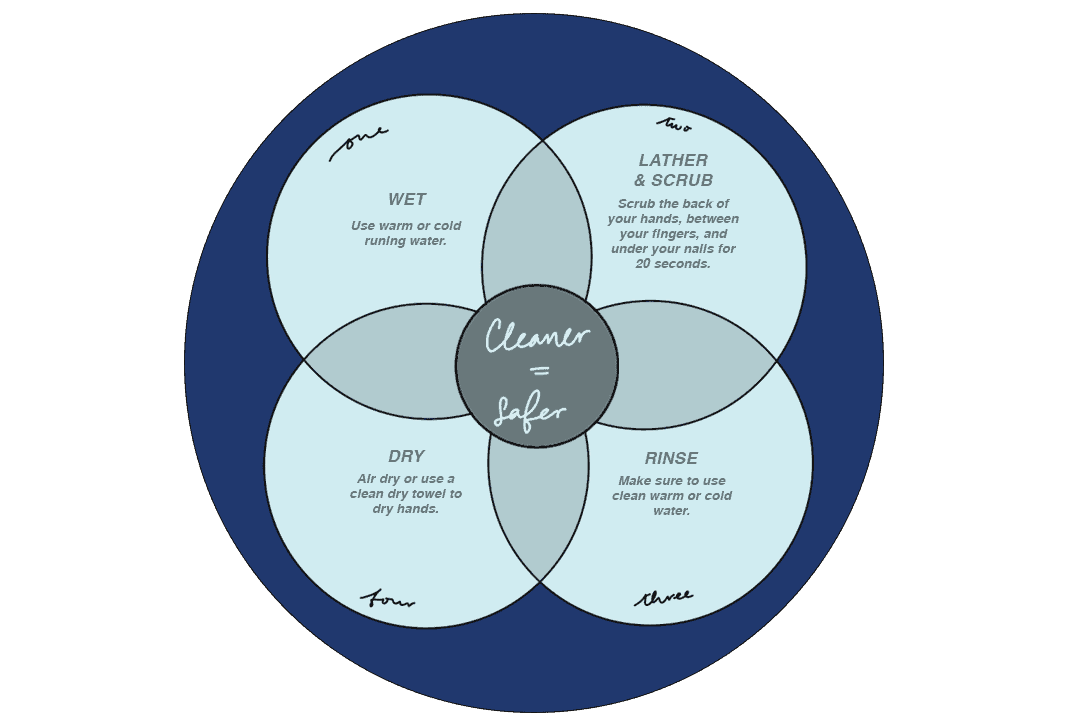What are the current treatment options for COVID-19? This is a question that many are asking, as the World Health Organization (WHO) has now declared a global health emergency, and scientists around the globe have been eagerly researching the disease.
WHO declares a “public health emergency of international concern” during “an extraordinary event” that is “serious, sudden, unusual or unexpected.” It must constitute a public health risk on an international scale, possibly requiring “immediate international action.”
Dr. Randy Wax, a physician and assistant professor at the University of Toronto’s Faculty of Medicine, and Dr. Michael Christian, a physician at Mount Sinai Hospital and clinical lead for London’s Air Ambulance at Barts Health NHS Trust, have published a research paper to investigate and propose infection control methods for COVID-19’s global outbreak.
What do we know about COVID-19?
There are 48 confirmed cases of COVID-19 in Canada, with 28 confirmed in Ontario. Infected patients are at risk of developing respiratory failure, and as such, require admission to critical care units in hospitals.
Current screening for the infection includes “two elements in the case presentation: presence of fever and symptoms of respiratory illness, and epidemiological link to the virus,” according to the co-authors.
Researchers have completely genetically sequenced the RNA virus, which will provide future screening processes with useful information, and allow for the advancement of COVID-19 treatments. Despite this screening, however, scientists are still uncertain about how exactly the virus spreads, as it has many speculated mechanisms.
The disease’s methods of transmission include human-to-human contact through “respiratory secretions,” airborne spread in health care settings, and potential fecal-oral transmission. It may also be possible for patients to transmit the virus during the asymptomatic period of infection. This makes it difficult to control the spread of COVID-19 infection. As the exact mechanisms of transmissions are unknown, the implementation of meticulous infection control measures are essential to prevent transmissions to other patients and health care providers.
In their paper, the co-authors reflect that the “Public Health Agency of Canada guidelines support placing unwell suspect or confirmed 2019-nCoV patients in airborne isolation,” due to the “potential need for aerosol-generating medical procedures,” which may cause the airborne release of the virus during treatment.
How does COVID-19 compare to other strains of coronavirus?
COVID-19 has been compared to SARS-CoV and MERS-Cov — other related coronaviruses that cause respiratory complications. Researchers have not yet determined the mortality rate of COVID-19 precisely, but WHO Director-General Tedros Adhanom Ghebreyesus reported on March 3 that the global fatality rate is about 3.4 per cent.
These rates are all lower than those of both SARS-CoV — which has a roughly 10 per cent mortality rate — and MERS-CoV — which has a striking mortality rate of around 40 per cent.
Researchers have learned from infection control measures for previous outbreaks of other viruses, and are using them to implement improved infection control responses to the COVID-19 outbreak. If necessary, strategies used during the SARS outbreak can be replicated to manage COVID-19 infection spread.
Isolating COVID-19 patients during treatment
Isolation methods include various protocols, depending on the “zones” relative to the location in an intensive care unit (ICU): cold, warm, or hot zones.
‘Cold zones’ are located outside of the ICU — no personal protective equipment is required in these zones. ‘Warm zones’ are located outside of infected patient rooms and “clean N95 masks, gowns, and gloves” should be worn in the makeshift negative pressure ICU outside of patient rooms… because of potential airborne spread of the virus into common areas.”
Finally, ‘hot zones’ are in patient rooms and require full airborne, contact, and droplet personal protection equipment that may be removed upon exit.
There has been some debate about the use of N95 respirators versus powered air purifying respirators (PAPRs), in terms of the most effective protection from airborne transmissions.
Although there is no definitive evidence that PAPRs are better at preventing airborne transmission than N95 respirators, the co-authors wrote that “PAPRs may be more comfortable to wear for prolonged resuscitations, eliminate concerns of unexpected poor N95 respirator fit, and are less likely to be dislodged when managing an agitated patient.”
How front-line staff may respond to critical cases
Current treatment options are mainly supportive, with medical staff advising patients with mild COVID-19 cases to rest and drink large volumes of fluids to recover.
However, according to the WHO, in severe cases, COVID-19 may cause severe trouble with breathing and even organ failure. As The New York Times reported, treatment for severe cases involves ensuring that the patient receives enough oxygen, managing their potential fever, and “using a ventilator to push air into the lungs if necessary.”
The co-authors also commented that in the past, treating patients with critical cases of SARS-CoV by intubation — a method of providing oxygen by inserting a tube down a patient’s mouth into the airway — exposed health care workers to the virus. To manage this, patients who may require intubation or resuscitation are placed in airborne isolation rooms.
They also recommended limiting the number of medical staff required for treatment in order to lower the amount of personnel flow into and out of the room of the patient with critical illness.
Applying these lessons to the present outbreak, the co-authors note that such procedures may be used for treating patients with critical cases of COVID-19 who require intubation or resuscitation. Personal protective equipment must be worn during such procedures, and the “use of PAPRs by specially trained resuscitation teams should be strongly considered.”
The co-authors encourage front-line staff to treat patients as potential COVID-19 cases based on the best information possible, rather than waiting for authorization to isolate the patients.
To prepare for the intake of patients, the co-authors noted that all emergency departments and ICUs should have a plan with a “ready bed” with “airborne isolation capacity where a suspect unwell 2019-nCoV patient can be placed in immediate isolation.”


